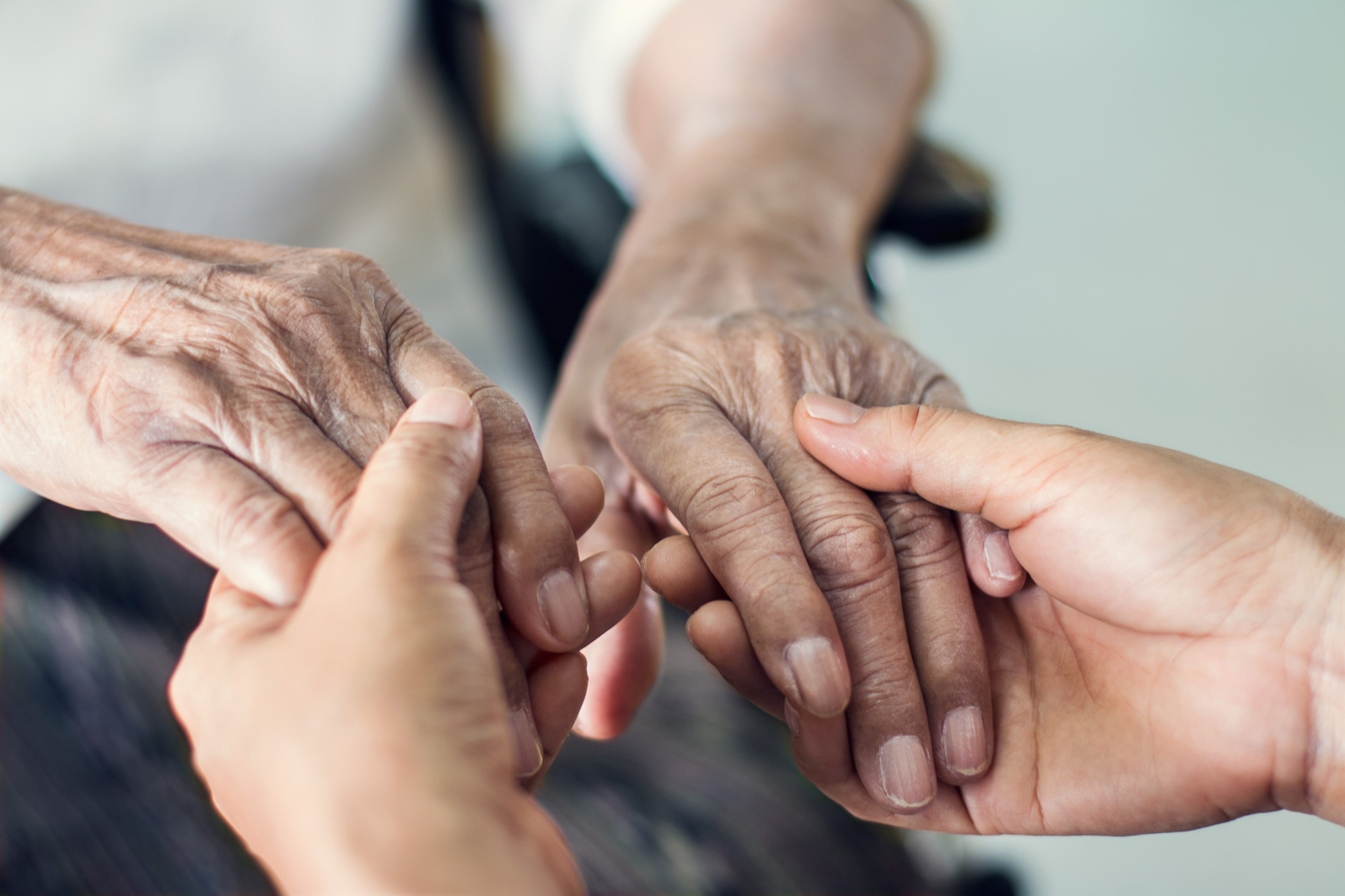
The 4 Types of Caregivers, Explained
In the past, if you needed assistance in taking care of your personal needs and living, you would have to inconvenience other family members and friends. This can cause strain on those relationships because you may become an overwhelming responsibility. Because of this, many people put off getting the care they need.
But what are the different types of caregivers, and how do you choose which one might be right for your situation?
Fortunately, now there are 4 types of caregivers you can choose from. These are in-home care, assisted living, and respite care.
The 4 Types of Caregivers Explained
If you are new to the world of caregivers, you might be wondering what types of caregivers there are. Here is a quick guide to the four types of caregivers explained.
1. Medical Caregiver
A medical caregiver is one of the 4 types of caregivers who provide medical care to another person. Medical caregivers can be doctors, nurses, or other medical professionals. They can also be family members or friends who have been trained to provide medical care.
They provide care for people who are ill or injured. They may also provide support and guidance to family members and friends. They can help with activities of daily living, such as bathing and dressing, and they can also help with medical procedures.
Medical caregivers often work with other medical professionals to coordinate care. They are also responsible for making sure that patients take their medications as prescribed and that they follow their medical plans.
2. Personal Caregiver
Personal caregivers provide hands-on care for another person. They may help with activities of daily living such as bathing, dressing, and eating. They may also help with errands, transportation, and light housekeeping.
Some personal caregivers are trained in medical tasks such as giving medication or checking vital signs.
3. Custodial Caregiver
Custodial caregivers are the ones who give basic care to the elderly or disabled. They help with activities of daily living such as bathing, dressing, eating, and using the restroom.
They also make sure that the person takes their medications and that they get to their appointments. These caregivers often work in nursing homes or assisted living facilities.
4. Respite Caregiver
In-home respite care is a professional caregiving service provided in the Seniors Home Care setup to provide relief for the primary caregiver. This type of respite care can be periodic, such as overnight or weekend care, or it can be long-term, such as 2-3 weeks, while the primary caregiver takes a vacation.
Respite care can also be provided in assisted living facilities or nursing homes, where the client will receive care from a respite caregiver while the primary caregiver takes a break. This type of respite care can be helpful for primary caregivers who live far away from their loved ones or who need to take a longer break.
Supporting Your Caregiver
It is important to understand the 4 types of caregivers and the support they can provide. As a caregiver, make sure you are getting the support you need to care for yourself and the person you are caring for. If you are receiving care from a caregiver, be sure to communicate your needs and thank them for their support.
Keep on top of the latest family, health, and lifestyle tips by browsing our website.
